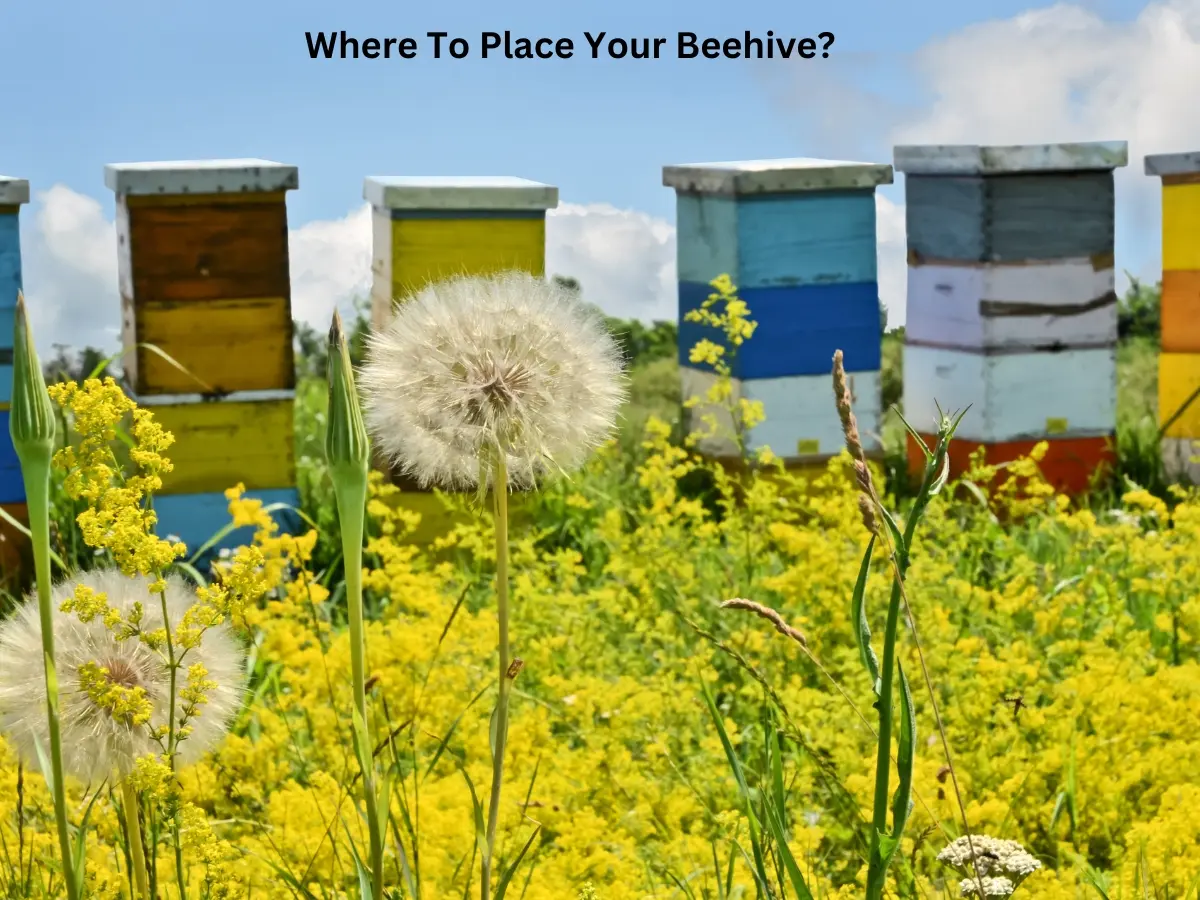It is natural to get confused about “where to place a beehive for beekeeping“.
Bees can live almost in any place. They can build their nest on trees, mountains, house walls, or even inside your house. They can build their nest at any altitude you can’t even imagine.
But we beekeeper wants to keep bees for years. We expand our apiary from existing beehives. So, we can’t choose any place to set up our beehives.
There are some factors we should consider while choosing a spot to place a beehive. After researching those facts I found 7 perfect locations for beehives.
If you are confused about where to place your beehive, this single article will provide you with a perfect solution.
Why Choosing the Right Spot to Place A Beehive?
Bees might build their house in any place but you can can’t choose any place to place your beehive. Because bees usually build their nest in most of the locations temporarily. They swarm to their new location when they find a suitable new nesting site.
So, if you choose a random location where there is no sunlight, no water spot nearby, and no plants around, there is a high chance that your bees will swarm away soon. Yes, bees can travel miles for foraging. But if they find any location instead of your apiary where they will get everything more easily, they will definitely swarm there.
This is why you should make things comfortable for bees. If they find your apiary is more comfortable and safe than any other location, they will never leave the apiary.
Suppose you are offered to live in an expensive house for free. But there is no good sanitation, no good supply of drinking water, no good transportation system. Will you stay there? Obviously not.
Instead, you might prefer a simple house with the availability of proper all other facilities. The same thing goes for bees. Hopefully, you understood why you should choose the perfect location for your beehive.
Things to Keep in Mind to Choose The Location for Beehive
It would be best if you kept a few things in your mind to choose a location for your beehive. The following things you should consider while choosing the spot for your beehive.
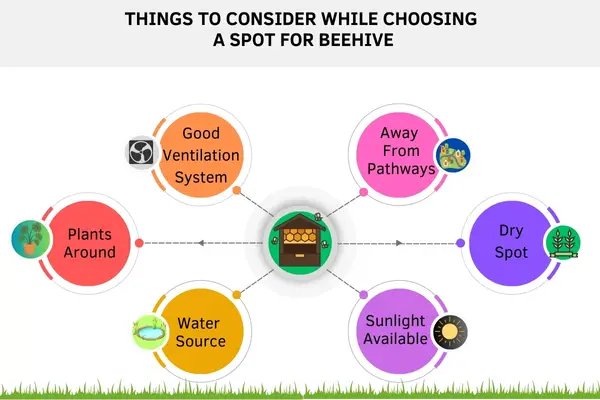
- Good Ventilation System: Bees need proper ventilation inside the hive for brood development. So, you must ensure your hive has a good ventilation system. The place where the beehive will be is not too windy or too dark.
- Ensure Sunlight: You should choose the spot where sunlight is available for at least a few hours during the daytime.
- Water Spot: There needs to be a water source near the beehive. If there is no pond around, you can dig a small one and add water to it. Or place a large manger for water near the beehive.
- Dry Spot: The place should be dry enough. A humid place will lead to pest and parasite attacks on the beehive.
- Far From Ground: It is better to place the hive at least a few inches above the ground.
- Have Plants Around: Having flowering plants any type of plant close to the hive is a huge advantage.
- Far From Street: Bees don’t like interruption. So, try to choose a location far from pathways or streets.
I know it is difficult to fulfill all of these criteria. But try to choose a place for a beehive that fulfills the maximum of these criteria.
7 Perfect Location to Place Your Beehive
I found 7 perfect locations that meet almost all the needs for a beehive to be kept. Some of them are mostly suitable for rural areas, and some of them are for both rural and urban beekeeping. Let’s know about those perfect locations.
1) Garden
I placed my first beehive in my garden which is in the backyard of my house. Placing a beehive in the garden keeps bees happy. Because they don’t have to travel long for foraging.
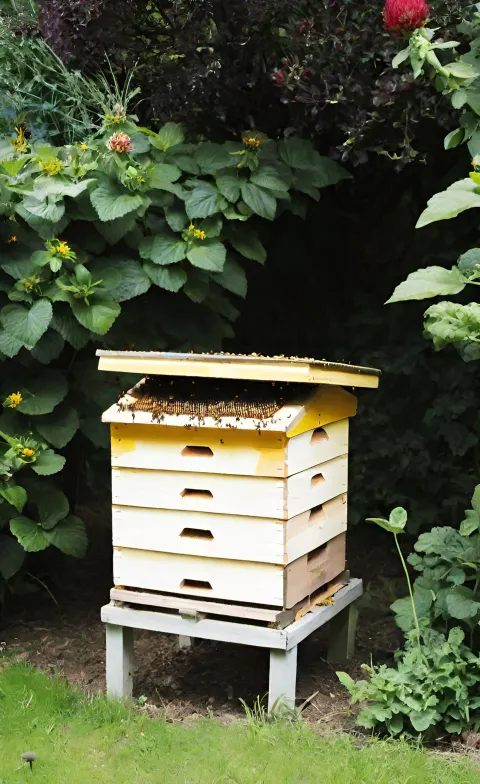
After placing my beehive in the garden, I noticed a significant boost in blossom and fruit production. This is why I chose this spot in my no. 1 list for placing your apiary.
2) Crops Field
Bees travel long to collect from a variety of crop plants. If you can set up your apiary it will reduce their labour.
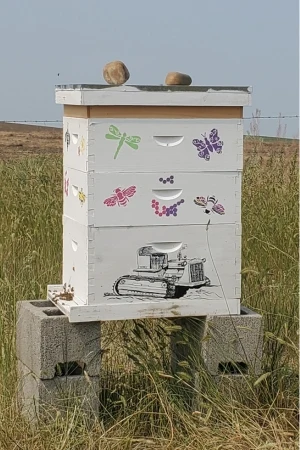
Bees will be happy as well as you will see a blast in crop production. You can also earn money from beekeeping by providing pollination services to farmers.
3) Forest
You can also put your hive in a forest. But don’t place it in a dense forest. It can be placed at the front of the forest or a little inside the forest.
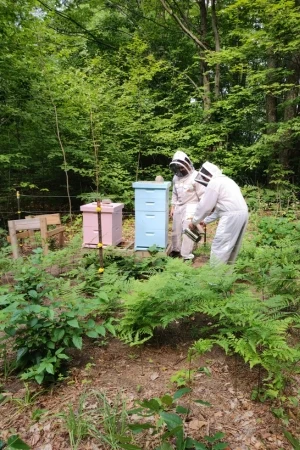
Try to ensure that there is availability of sunlight during the daytime for a few hours. Also, you have to be a little more careful while placing the beehive in a forest.
Because there is a chance that there will be a lot of animals that can be harmful to the hive. If you are placing your hive in a forest where bears exist it will be a huge risk.
Because bear attacks beehives quite often to steal honey. So try to be careful about the facts.
Learn about honey bee predators, and take protection for the hives against predators. Then you are ready to set up your hive in a forest.
4) At The Foot Of A Mountain
If there is a mountain close to your house, you can set up your apiary at the foot of the mountain. Make sure you have permission to place it in that location.
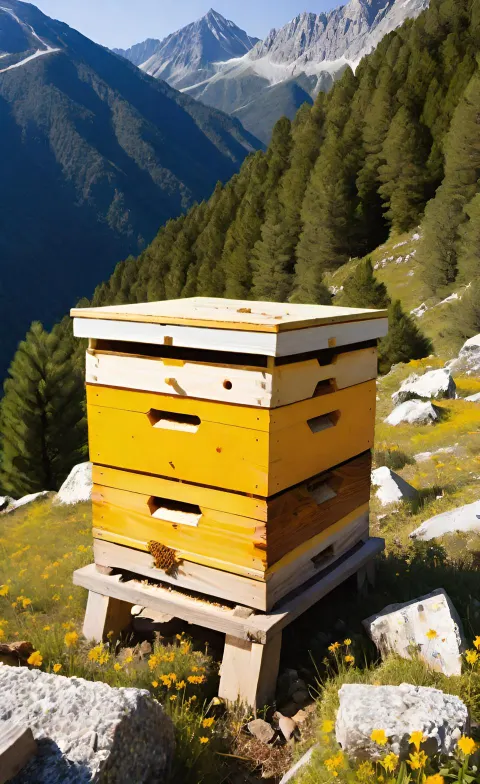
I have communicated with a lot of beekeepers in my country who placed their beehives in such locations. They are having no issues at all.
You just have to know when to inspect beehives, and how to take proper care of them. That’s all you are good to go.
5) Backyard
A lot of beekeepers are found around the world who are involved in backyard beekeeping. You can also start your beehive in the backyard of your house.
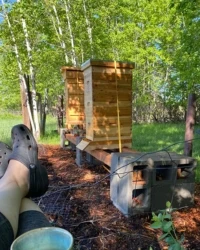
If there is no garden don’t worry about it. Set up feeder jars and water sources for the bees.
If you can plant a couple or more flowering plants close to the hive. It will be a gift for the bees.
Make sure your backyard is free of interruption. It should be away from the street and pedestrians. At least 10 meters away from your house.
6) Mobile Apiary
If you don’t have any space to set up your first hive. Don’t worry you can start a mobile apiary.
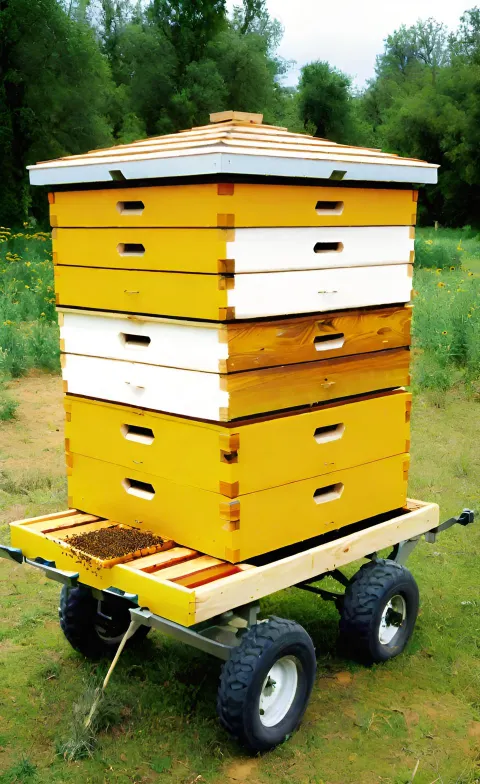
A little for those who don’t know what is mobile apiary. A mobile apiary is a form of apiary that is usually kept in a vehicle and can be moved from one location to another when needed.
Mobile apiary is very famous for commercial beekeeping. It can be moved to crop fields to provide pollination services. Also, can be taken in a warmer location during winter.
You can start your apiary by setting up a beehive in a van. If you have a larger vehicle with open space it will be more better than that.
7) Top of The Roof
It might seem to be weird “Beekeeping at the rooftop of the house?” it’s insane. But you believe it or not, it is totally normal.
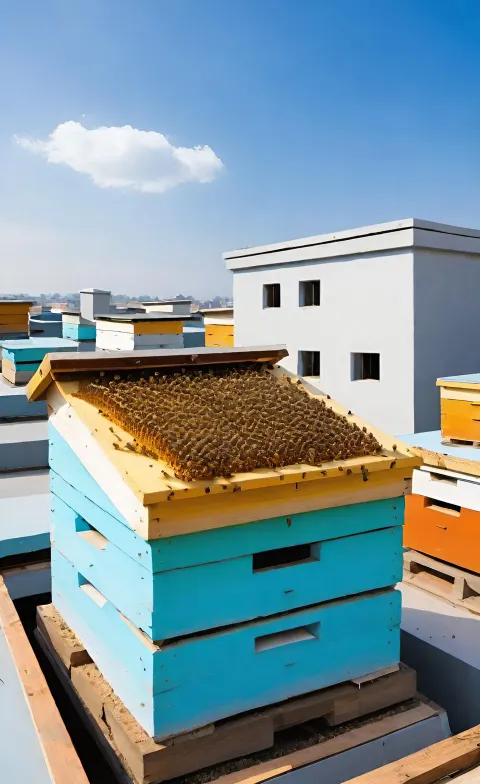
If you have proper preparation you can place your first beehive at your house rooftop too.
To make beekeeping more comfortable on the rooftop, try to ensure the following things.
- Place the beehive at least 6 to 8 feet away from the edge of the roof.
- Place a water source close to the hive.
- If possible plant some plants on flower tubs.
- Take necessary protection during storms, heavy rain, and during winter.
Frequently Asked Questions
Where is the best location for a beehive?
If you want specifically the best location for a beehive, I might say "crops fields". But the suitable location for a beehive can be any place that has proper ventilation, plants around, water sources nearby, availability of sunlight, and so on.
Can you put a beehive in the woods
You can put your beehive at the front of the woods. Don't put it in the deep forest. There is obviously a risk with this decision. Because there are a lot of predators that can be harmful to bees and beehives in the woods.
Beehive distance from house
You should place the beehive at least 5 to 10 meters away from your house. If you want to place it a shorter or longer distance than this you can also do this. Make sure to keep them free from interruption by external sources.
What direction should a beehive face
The ideal direction for a beehive face is in the southeast direction. It is to ensure that bees have proper sunlight in the early in the morning. But they don't have too much sunlight in the afternoon.
What to Do After Placing A Beehive
If you just set up your first beehive then congratulations! Placing your beehive is the first step to dive into the fascinating world of beekeeping.
If you haven’t placed your beehive. Hopefully, this article helped you to decide where you can place your beehive.
It is good to have basic knowledge of beekeeping. If you don’t have a clear concept about beekeeping, you can check my top-picked sources to learn beekeeping from today. Here are some tips and resources for you to make your beekeeping journey easier.
- After placing the beehive you have to inspect the hive regularly but not every day. Because don’t like interruption too often. Make sure to keep in mind a few situations when you should not open your beehive.
- Feed your bees properly, and take necessary care if they get attacked by mites.
- Make sure to winterize them properly when winter is near.
- If your hive becomes queenless try to requeen the hive as early as possible.
- Whenever the hive becomes overcrowded it is time to expand your apiary. You should split your overcrowded hive to prevent unwanted swarming.
- Don’t keep a lot of hives in a single apiary. Learn properly how many hives to place in your apiary.
- Varroa mites are the most dangerous enemy of honey bees. Take necessary steps against varroa mites infestation.
- Learn the behaviors of your bees. Help them whenever they need you.
So, where do you place your first beehive? Comment below. Make sure to provide any feedback about the article. Happy Apiary!

